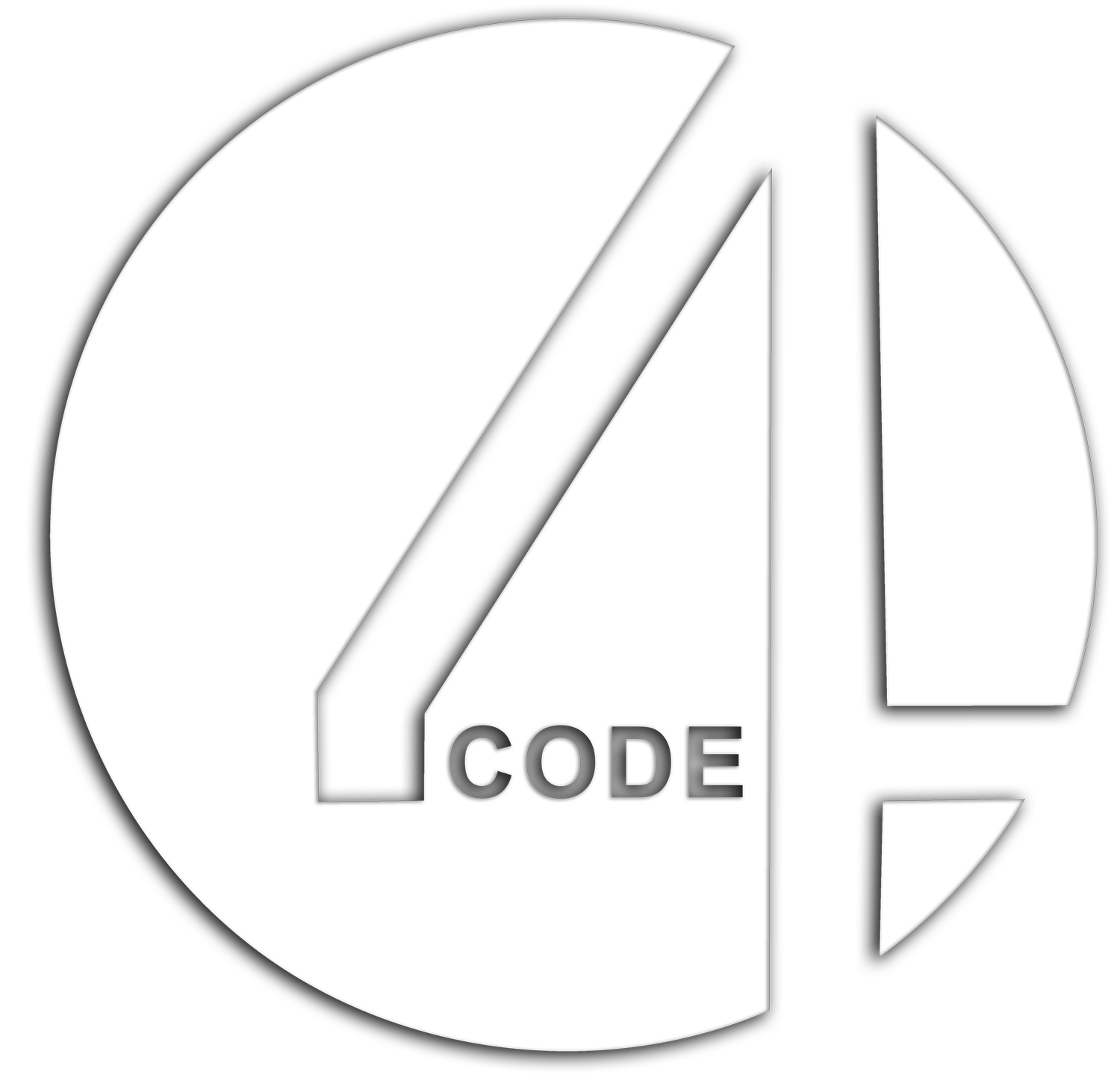First Responders & Their Vehicles
First responders often develop a deep attachment to their vehicles, which goes beyond simply using them as a tool to perform their job duties. There are several psychological reasons for this attachment.
First, vehicles provide a sense of safety and control. First responders are often called upon to respond to high-stress, unpredictable situations. Having a vehicle that is reliable and well-equipped can provide a sense of safety and control in an otherwise chaotic and dangerous environment. Additionally, first responders often customize their vehicles to their specific needs and preferences, which can help to enhance their sense of control and ownership.
Second, vehicles are associated with a sense of identity and pride. For many first responders, their vehicle symbolizes their profession and commitment to serving their community. Having a vehicle that is well-maintained and equipped can help to reinforce their sense of pride and identity as a first responder.
Third, vehicles can provide a sense of camaraderie and belonging. In many first responder organizations, there is a strong sense of camaraderie and brotherhood/sisterhood among members. Sharing a vehicle with others in the organization can help to foster a sense of teamwork and support and can reinforce the bonds between members.
Fourth, vehicles can provide a sense of purpose and meaning. First responders often work long hours and face significant risks and challenges on the job. Having a vehicle that is well-suited to their needs and helps them to perform their job more effectively can provide a sense of purpose and meaning in their work.
Overall, the attachment that first responders have to their vehicles is driven by a combination of practical, emotional, and psychological factors. Vehicles are more than just tools for performing their job duties - they are a critical part of their identity, sense of safety, and sense of purpose.
Which vehicle is the most badass, though?
It's difficult to say which first responder vehicle is the most badass, as each vehicle has its own unique features and capabilities that make it well-suited for its specific role.
For example, police vehicles such as the Dodge Charger Pursuit and Ford Police Interceptor Utility are designed with high-performance engines, rugged frames, and advanced technology such as pursuit-rated tires and heavy-duty brakes to help officers respond quickly and safely to emergencies. - Fastest Police Cars
Fire trucks, on the other hand, are built for strength and durability, with features such as reinforced frames, powerful engines, and advanced firefighting equipment such as ladders, hoses, and aerial platforms that can reach heights of up to 100 feet or more. The range of options is huge, from the Falcon 8x8 to the Able FRV.
Ambulances are designed for patient transport and medical care, with features such as stretchers, medical equipment, and advanced life support systems that can help to save lives in emergency situations.
However, if we had to choose one vehicle that stands out as particularly badass, it might be the specialized tactical vehicles used by SWAT teams and other specialized units. These vehicles are often heavily armored, with features such as bulletproof glass, reinforced frames, and advanced weapons and communication systems that can help teams to respond to high-risk situations with speed and precision.
Some examples of tactical vehicles include the Lenco BearCat, which is used by many police and SWAT teams, and the Oshkosh Defense MRAP (Mine-Resistant Ambush Protected) vehicle, which is designed for military use in combat zones.
Ultimately, the most bad-ass first responder vehicle is the one that gets the job done, whether it's a police car, fire truck, ambulance, or specialized tactical vehicle. Each vehicle plays a critical role in helping first responders to do their job effectively and keep their communities safe.

